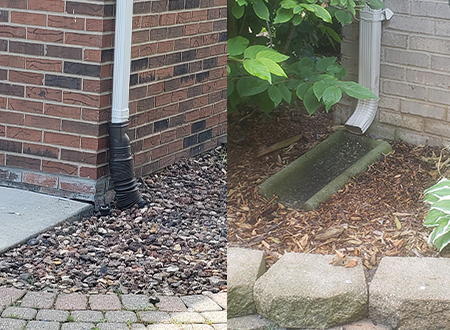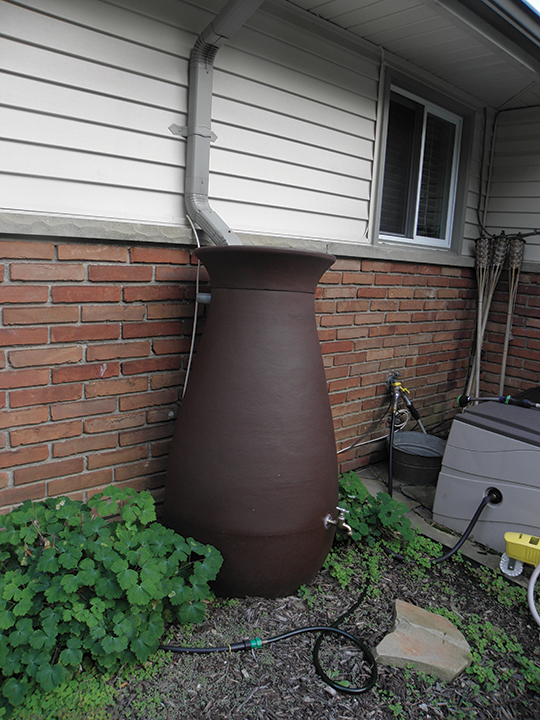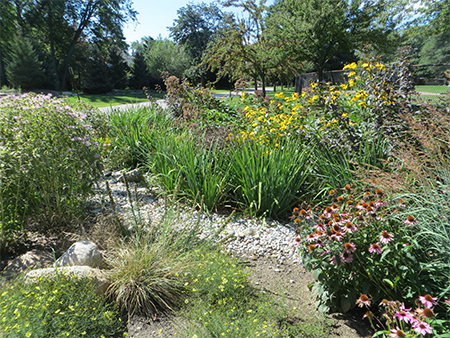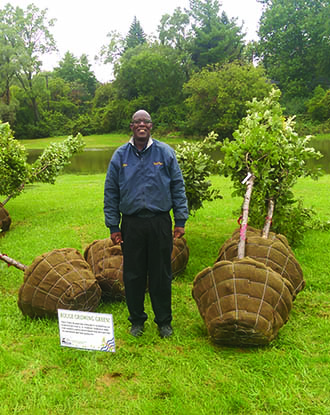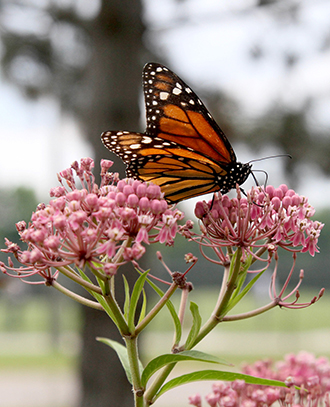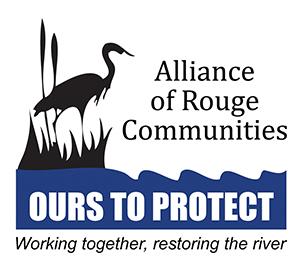 Healthy Habits
Healthy Habits
Incorporating Green Infrastructure
When rain and snowmelt flow off our yards, roofs, sidewalks, streets and parking lots, the resulting stormwater runoff washes pollutants and sediments into our lakes, rivers and streams. Incorporating Green Infrastructure (GI) at home can benefit your yard, save you some money and help reduce the amount of stormwater entering the Rouge River. These GI examples make it easier and less costly to maintain your yard, all while keeping it looking beautiful and protecting the Rouge River!
